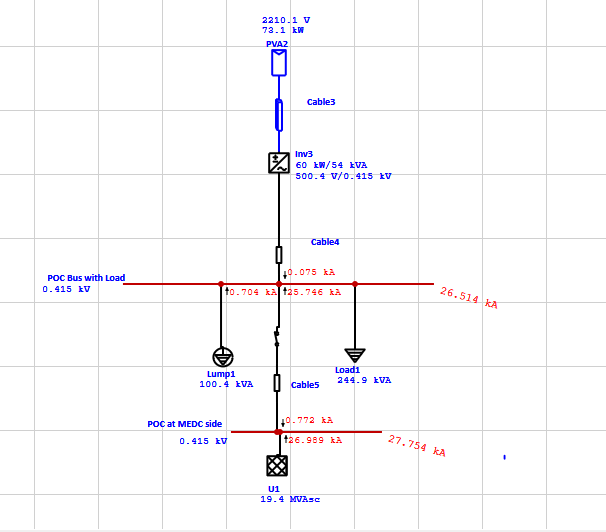Introduction
Solar energy has become an increasingly popular alternative energy source worldwide. In recent years, Oman, a country known for its abundant sunlight, has been exploring the potential of solar energy as a sustainable and cost-effective solution to meet its growing energy needs. This article will delve into the current state of solar energy in Oman, its benefits, challenges, and future prospects.
The Importance of Solar Energy in Oman
- Abundant Sunlight: Oman is blessed with a high solar radiation potential due to its geographical location in the Arabian Peninsula. The country receives an average of 2,800 hours of sunshine per year, making it an ideal location for harnessing solar energy.
- Diversifying Energy Sources: Solar energy provides a means to diversify Oman’s energy mix, which is currently heavily reliant on fossil fuels, especially natural gas. By embracing solar power, the country can reduce its dependence on nonrenewable energy sources and improve energy security.
- Environmental Benefits: Solar energy is a clean and renewable energy source. By harnessing sunlight to generate electricity, Oman can significantly reduce its carbon footprint and mitigate the impacts of climate change. Solar power generation produces zero greenhouse gas emissions, making it an environmentally friendly alternative to traditional fossil fuel-based energy generation methods.
Current Scenario of Solar Energy in Oman
- Solar Projects: Oman has embarked on an ambitious plan to develop solar energy projects across the country. The government’s Renewable Energy Initiative aims to achieve a target of 30% renewable energy by 2030, with a considerable focus on solar power.
- Solar Farms: One of the key initiatives in Oman’s solar energy sector is the establishment of large-scale solar farms. These projects aim to generate significant amounts of electricity to meet the growing energy demand in the country. Notable solar farms include the Adam Solar Power Plant and the Ibri Solar Plant, which have a combined capacity of over 500 MW.
- Rooftop Solar Installations: In addition to large-scale projects, Oman is also encouraging the adoption of rooftop solar installations. These installations allow residents and businesses to generate their own solar power, reducing reliance on the national grid and lowering electricity bills. The government provides incentives and supports net metering schemes to promote the uptake of rooftop solar systems.
Challenges and Opportunities
- Cost: The initial investment required for setting up solar power projects can be a significant barrier. However, with advancements in technology and decreasing costs of solar panels, the overall cost of solar energy production has significantly reduced in recent years. This trend makes solar energy increasingly financially viable in Oman.
- Grid Integration: Integration of solar energy into the existing power grid infrastructure poses technical challenges. However, advancements in smart grid technologies and energy storage solutions are helping to address these issues. Implementing grid-scale energy storage systems can enable smooth integration of solar power and ensure a stable and reliable energy supply.
- Skills Development: The rapid development of the solar energy sector in Oman requires skilled personnel to design, install, and maintain solar power systems. Investing in workforce training programs and educational initiatives focused on renewable energy can ensure a competent workforce to support the growth of the sector.
Future Prospects and Conclusion
Solar energy in Oman holds immense potential and promises a bright future for sustainable energy generation. The government’s commitment to renewable energy, combined with its abundant sunlight resources, positions Oman as an attractive destination for solar investments. As the cost of solar power continues to decline and technological advancements enable better integration into the power grid, solar energy is expected to play a pivotal role in Oman’s energy transition.
In conclusion, solar energy in Oman offers a viable and sustainable solution to meet the country’s energy needs. Harnessing the power of the sun not only reduces reliance on fossil fuels but also contributes to the preservation of the environment. As solar projects continue to expand and innovative solutions emerge, Oman has the potential to become a regional leader in renewable energy.




